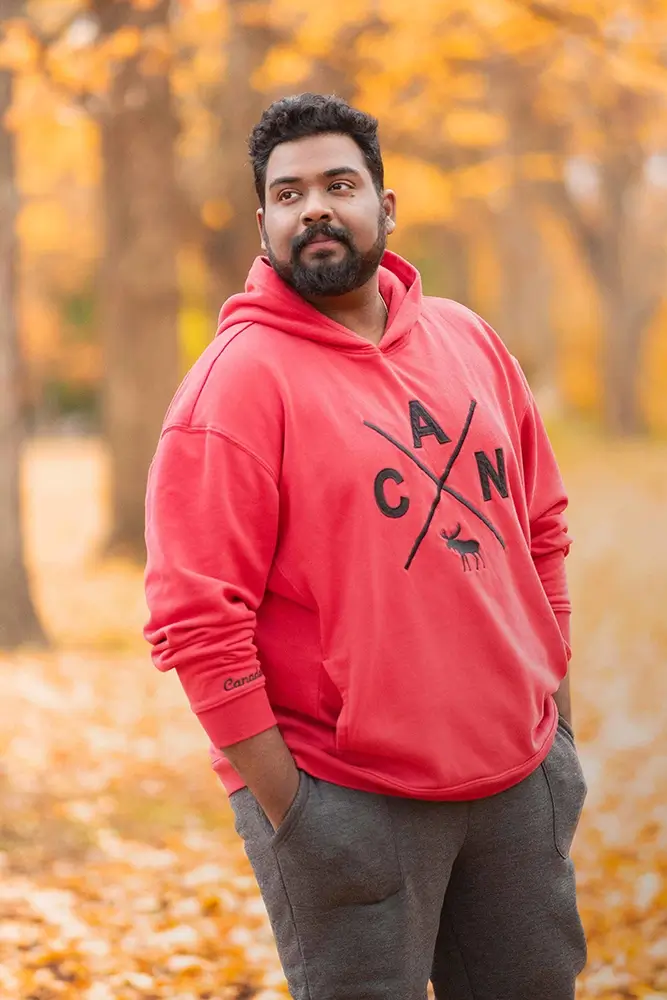Raghuvamsh Chavali is an award-winning Canadian photographer, author, researcher, and IT product management consultant whose work captures the silent beauty of wildlife, cultural traditions, urban life, and celestial events. A self-taught artist, he blends artistic excellence with technical innovation, creating visual narratives that bridge nature, human resilience, and the evolving urban environment.
His project Wings Over Concrete, highlighting the flight patterns of birds across cityscapes, has earned significant acclaim, including a Highly Commended recognition at the 2025 Belfast Photo Festival. Raghuvamsh's work has been showcased in globally esteemed publications such as Smithsonian Magazine, Canadian Geographic, BBC Sky at Night, Space.com, PetaPixel, National Post and many more. His photographic achievements have been recognized with multiple international honors, including Gold, Silver, and People's Choice Awards at the Exposure One Awards 2025, and has been a winner in multiple thematic competitions at the 35AWARDS 2025.
Through all his experiences, one belief has remained constant for him: "Photography isn’t just about capturing rare sights or presenting the world differently every time. It’s about discovering something unique, even extraordinary, in the everyday things around us." Beyond photography, Raghuvamsh is a strong advocate for protecting intellectual property in the era of Artificial Intelligence. He holds a granted patent and is currently working on an app for an imaging system that embeds biometric details into digital media, enabling authentication, theft detection, and recognition of the original creator(s) even when images are modified or generated through AI tools. His scientific research on biometric watermarking and online image protection has been published in international journals, contributing to advancements in digital rights management for photographers and content creators. This is how he believes to give back to the creative community by developing solutions that safeguard artistic expression.
Raghuvamsh has authored multiple articles in renowned magazines such as Digital Photographer, Ontario Nature, and Nature Canada, offering insights into capturing celestial events and innovative techniques like composite bird flight photography. His ability to merge technical depth with creative storytelling reflects in both his visual and written works. As an ambassador for
1x.com, a globally curated photography platform, and a member of the International Federation of Photographic Art, Raghuvamsh continues to influence and mentor aspiring photographers worldwide. His work invites viewers to pause, reflect, and rediscover the quiet yet profound stories hidden in the natural and human world.
